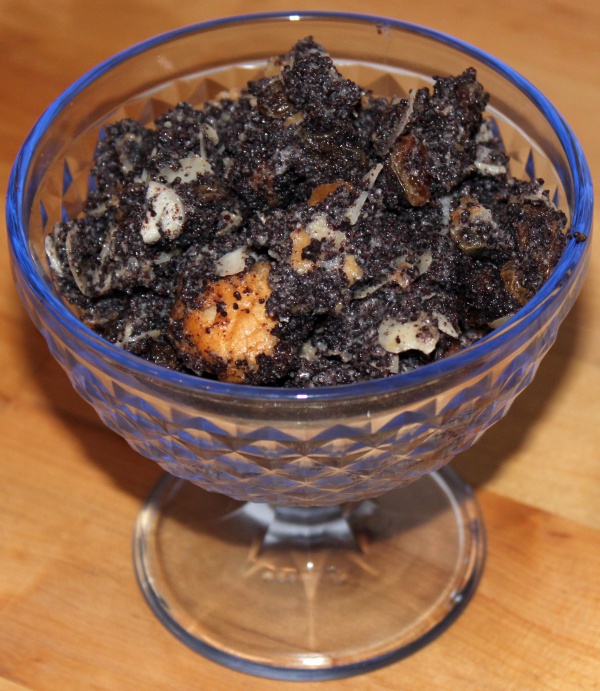Facts About Makówki
Makówki is an exquisite, sweet bread dessert made with poppy seeds, originating from Central Europe. It is especially beloved in Silesia, where it is a staple dish on Christmas Eve. This cherished dessert also enjoys popularity in other parts of Poland, as well as eastern Germany and Hungary. In regions outside Silesia, it is known by different names: in Brandenburg and Berlin, it is called Mohnpielen, while a similar dish featuring slices of Kifli is known as mákos guba in Hungary. In Polish cities such as Poznań and Łódź, where many Silesians relocated during the Industrial Revolution of the 19th century, it is referred to as makiełki.
Creating Makówki is a bit of an art. You start with sweet white bread and finely ground poppy seeds, which are boiled in milk with butter. To this base, you add a mixture of dried fruits, nuts, sugar, honey, vanilla, cinnamon, and occasionally a splash of rum for added zest. The bread is layered with this rich poppy seed mixture in a pot or bowl, allowing it to soak up all the flavors. After layering, it is garnished with additional nuts and fruits and left to chill for several hours before serving.
In Silesia, Makówki is more than just a dessert; it is a symbol of cultural heritage, particularly during the festive Christmas-New Year season. The tradition of making and serving Makówki remains very much alive, and it is a cherished part of Silesian cuisine. However, outside of Silesia, crafting Makówki can be somewhat challenging due to the difficulty of obtaining finely ground poppy seeds. In the United States, some people resort to using canned poppy seed paste as a substitute.
Whether you call it Makówki, Mohnpielen, or makiełki, this sweet treat is a delectable way to celebrate the holidays and connect with Central European traditions.

 Ukraine
Ukraine